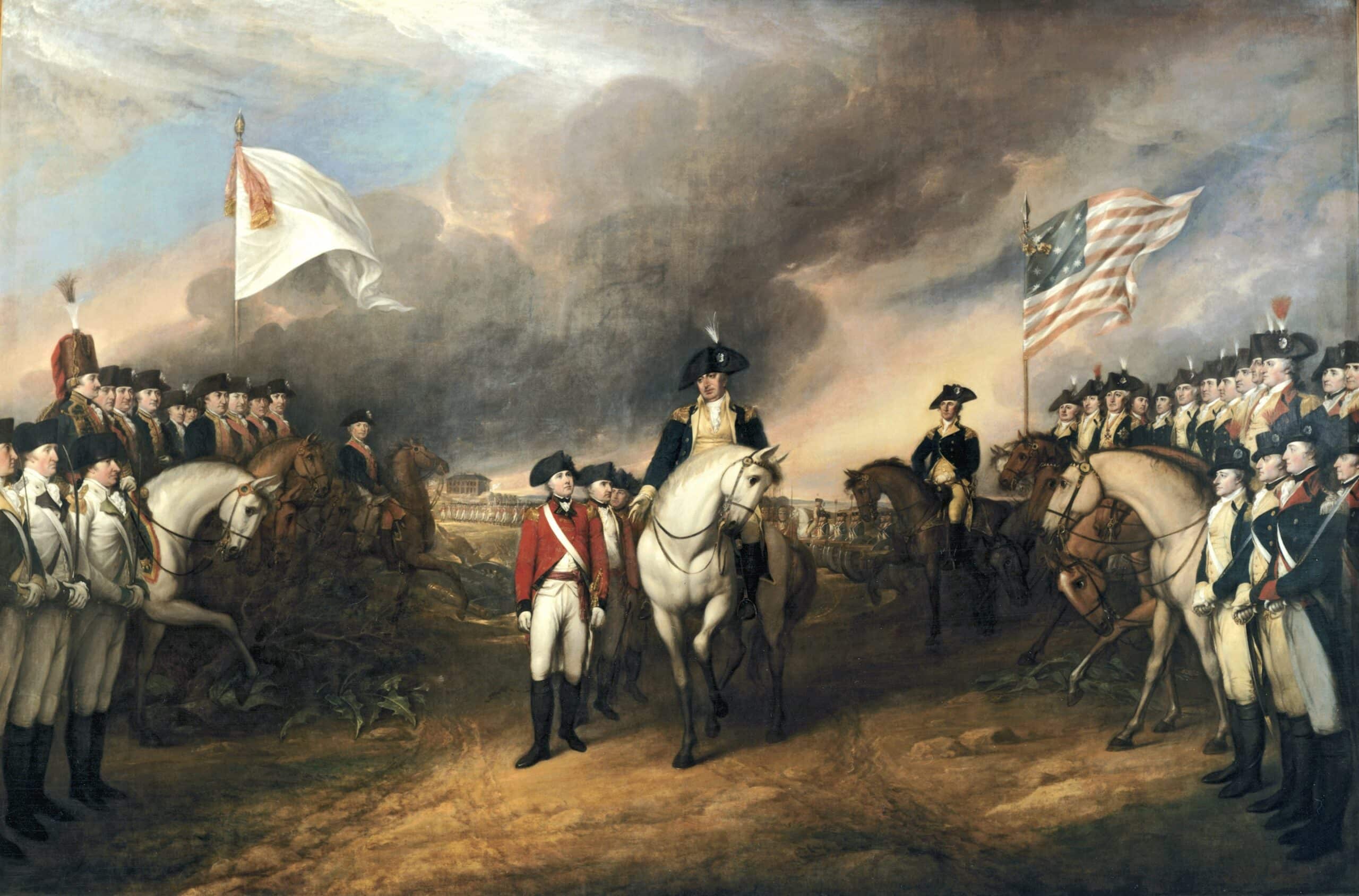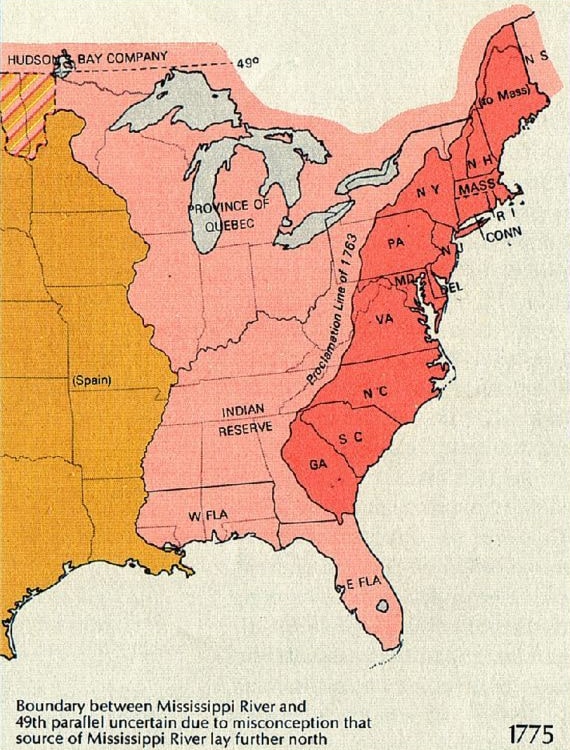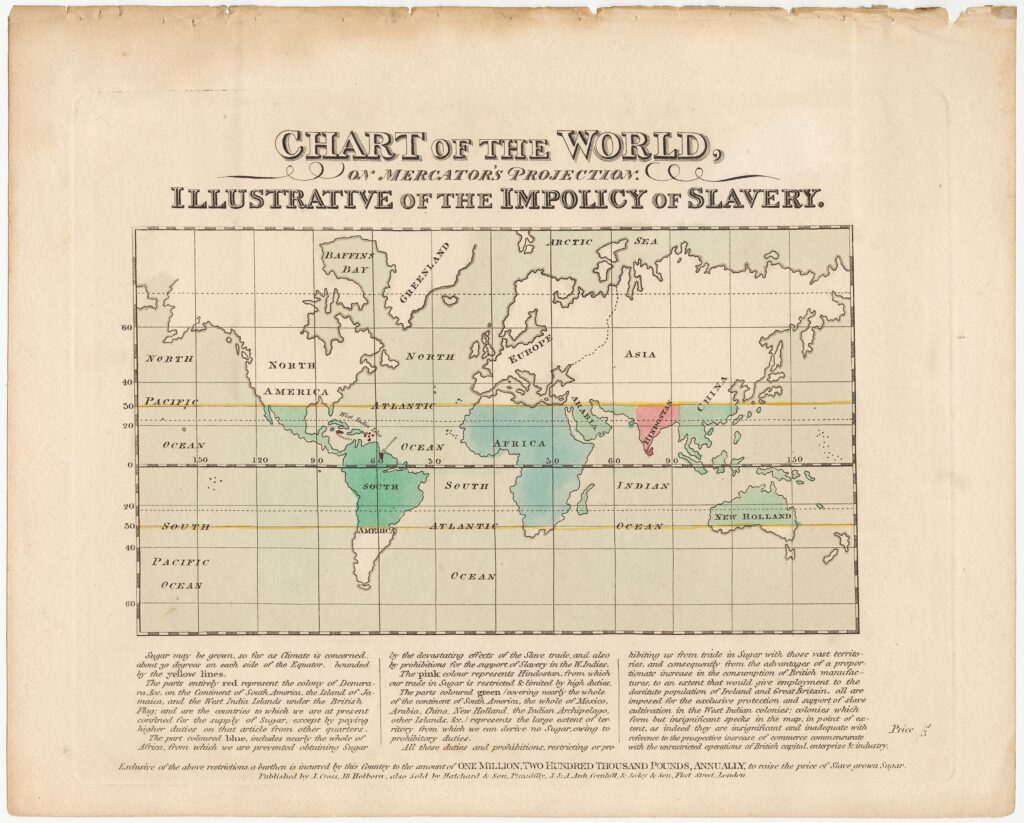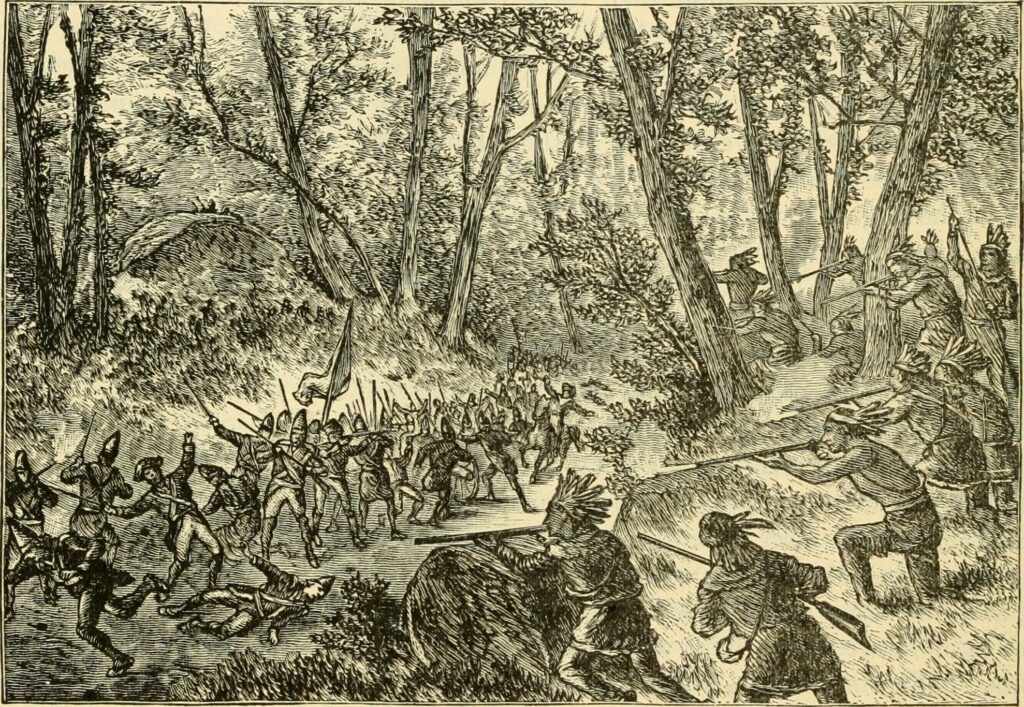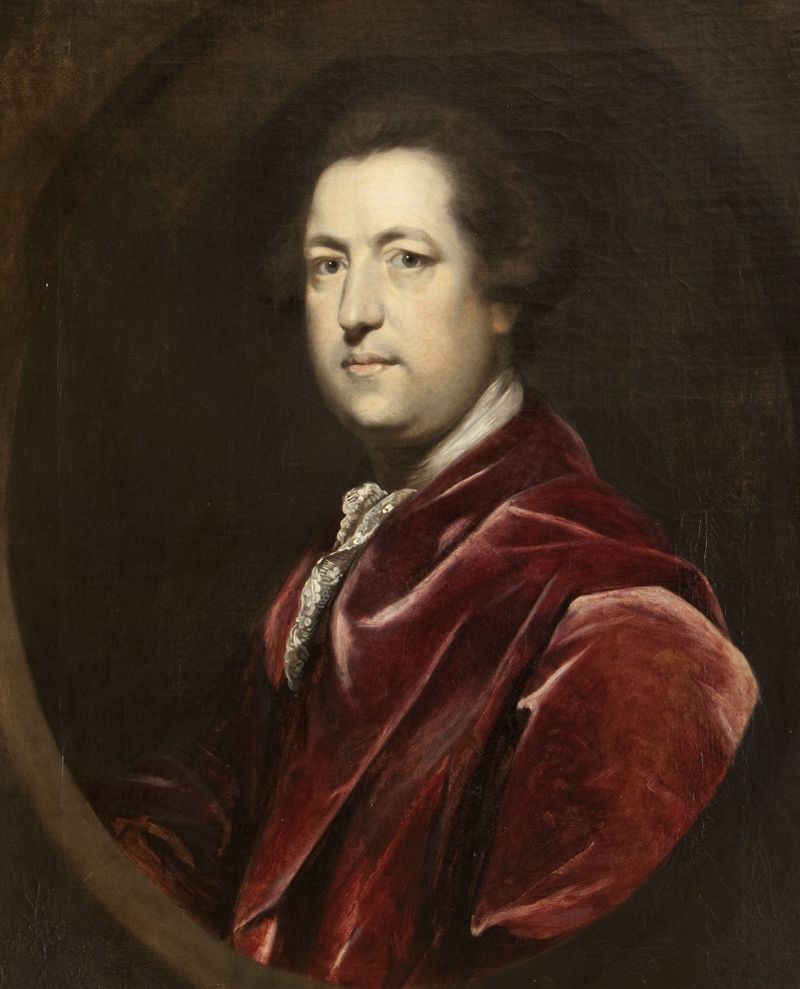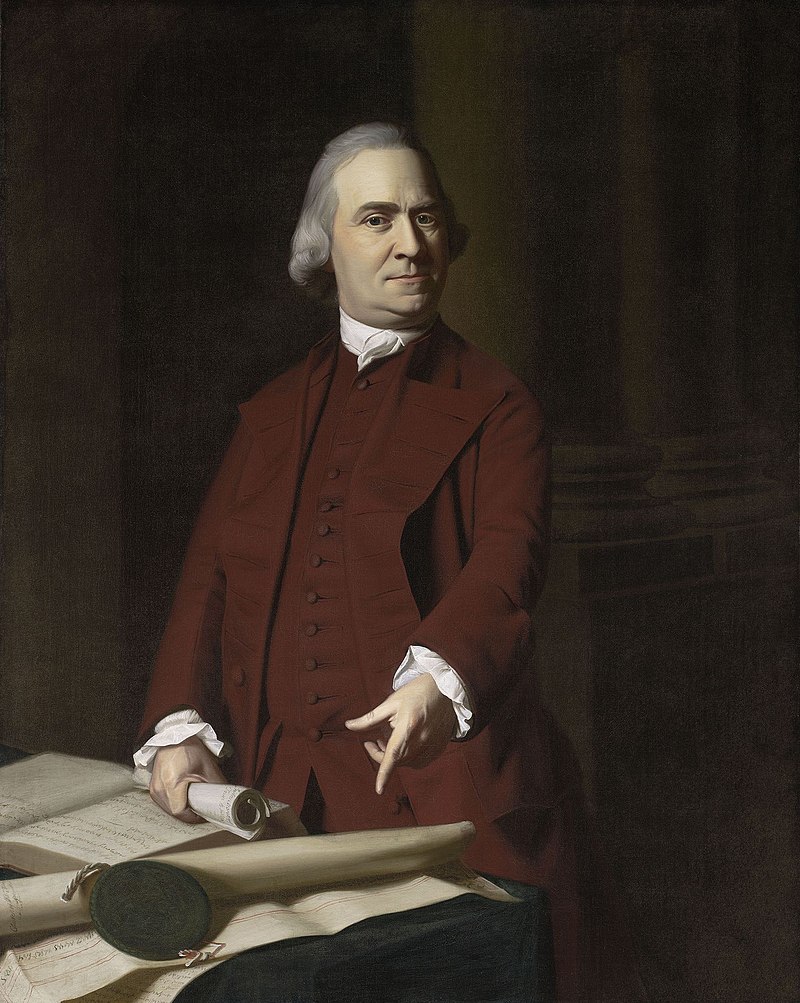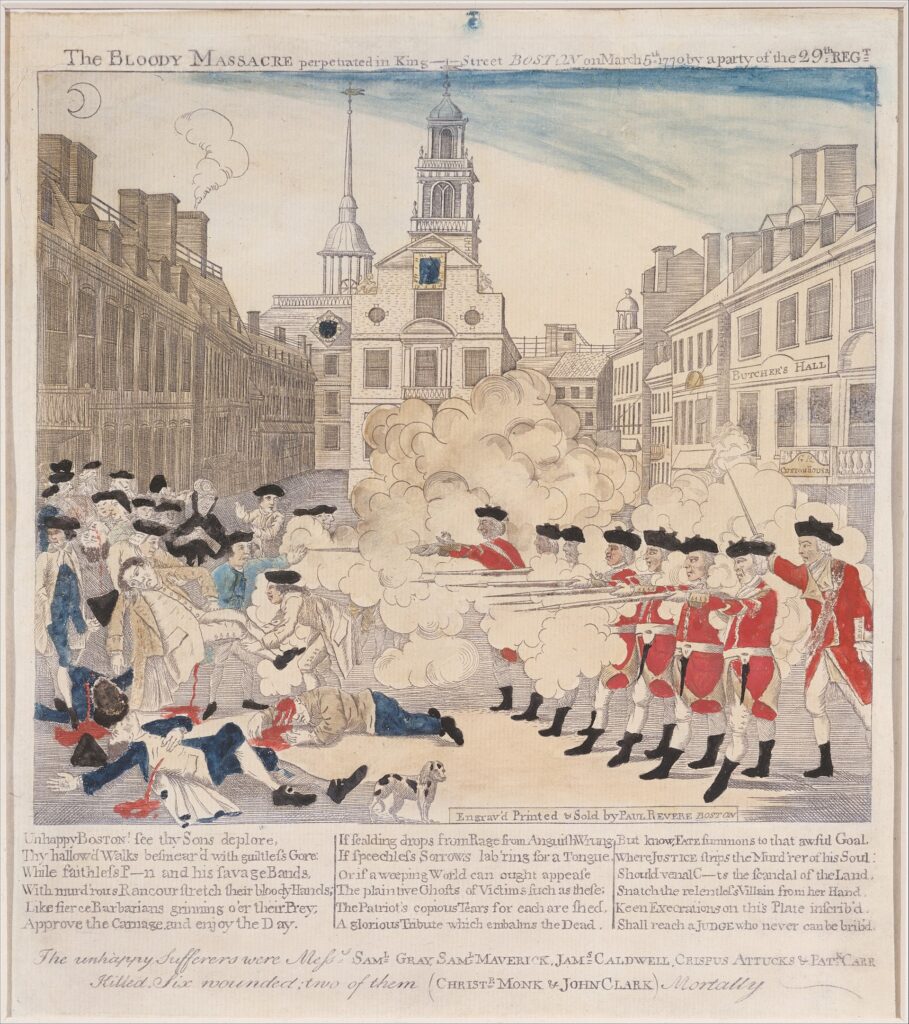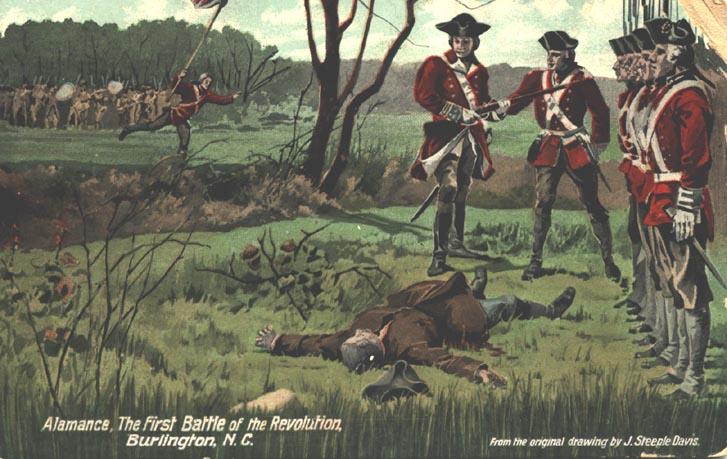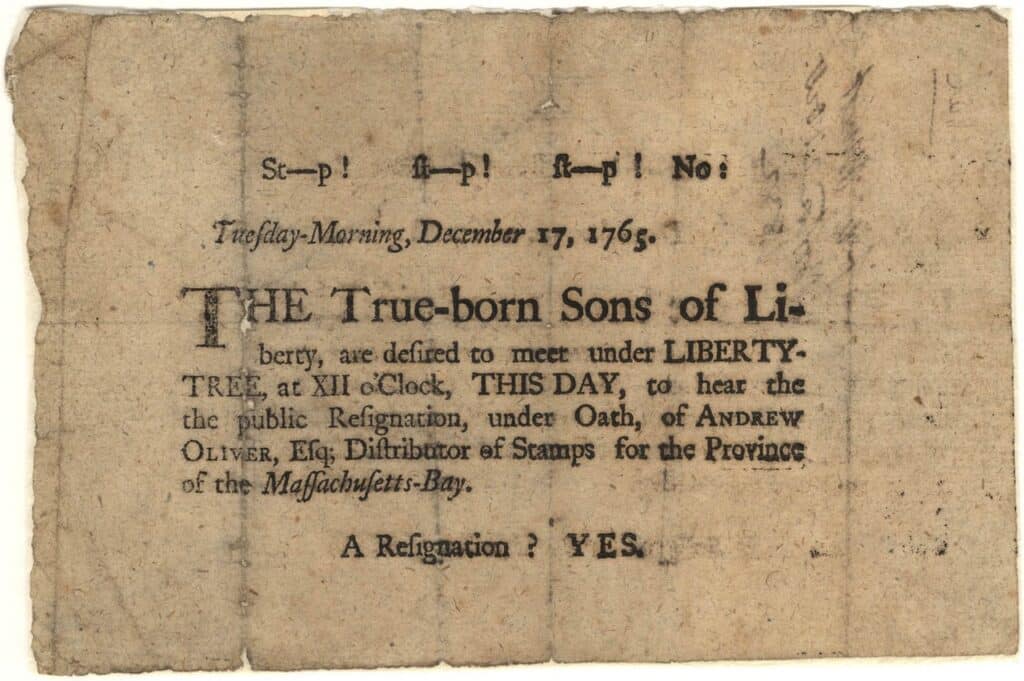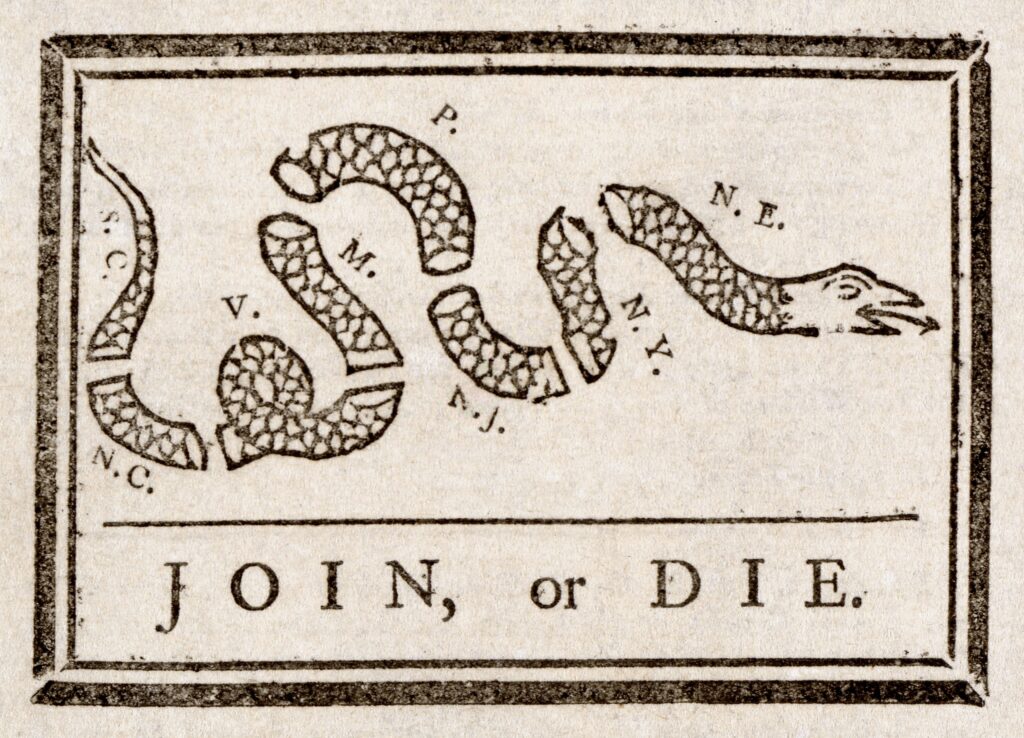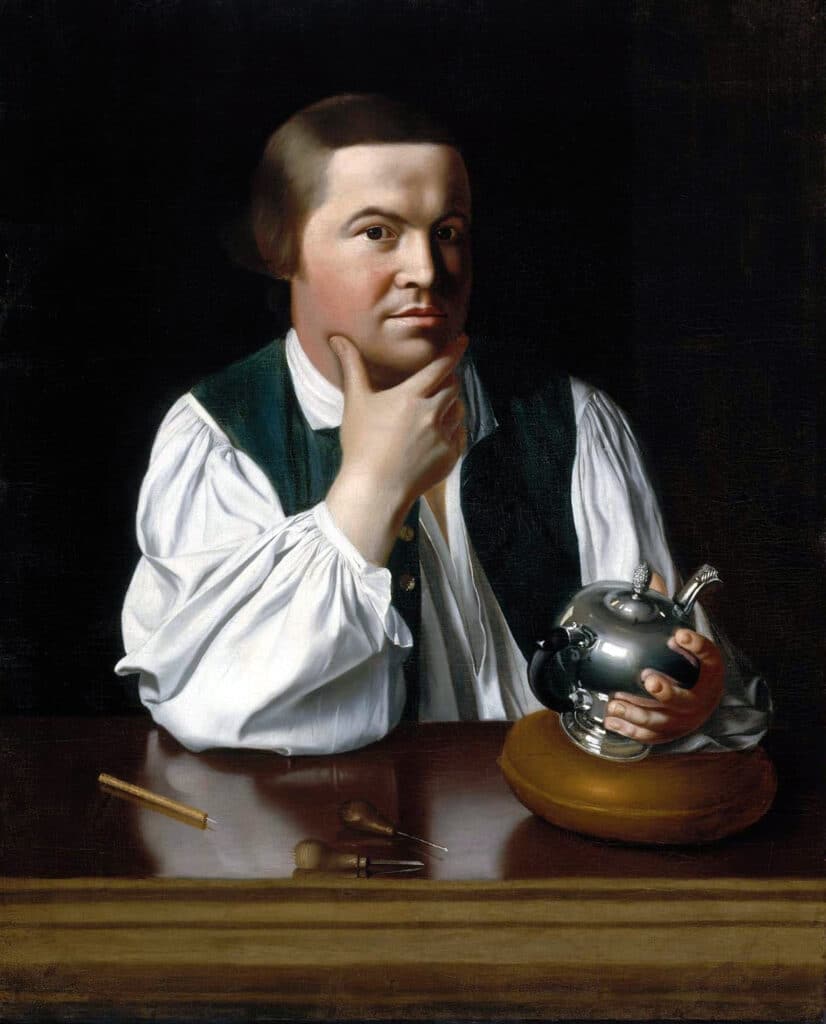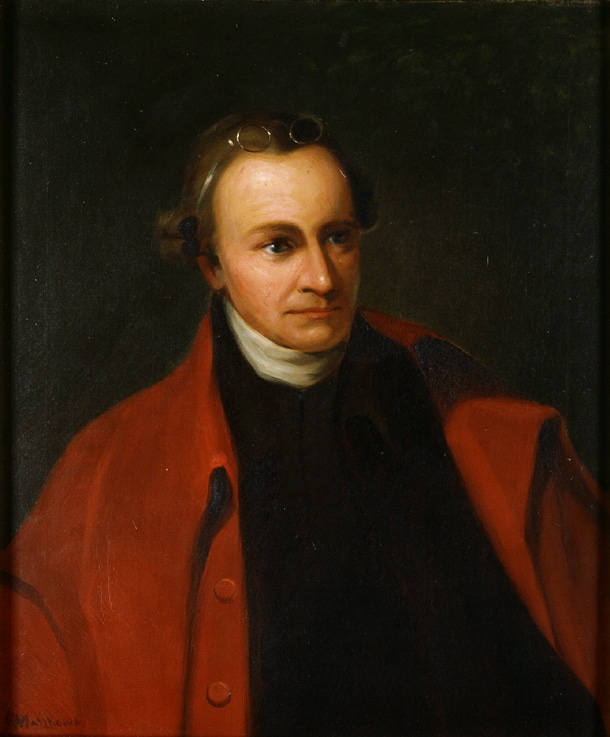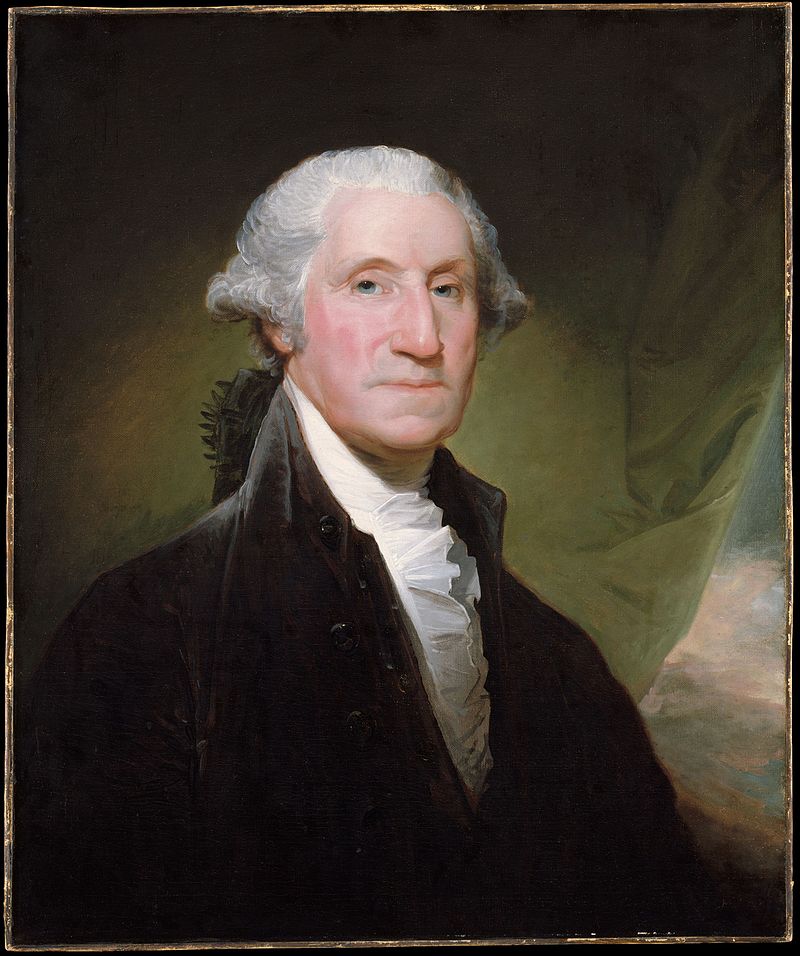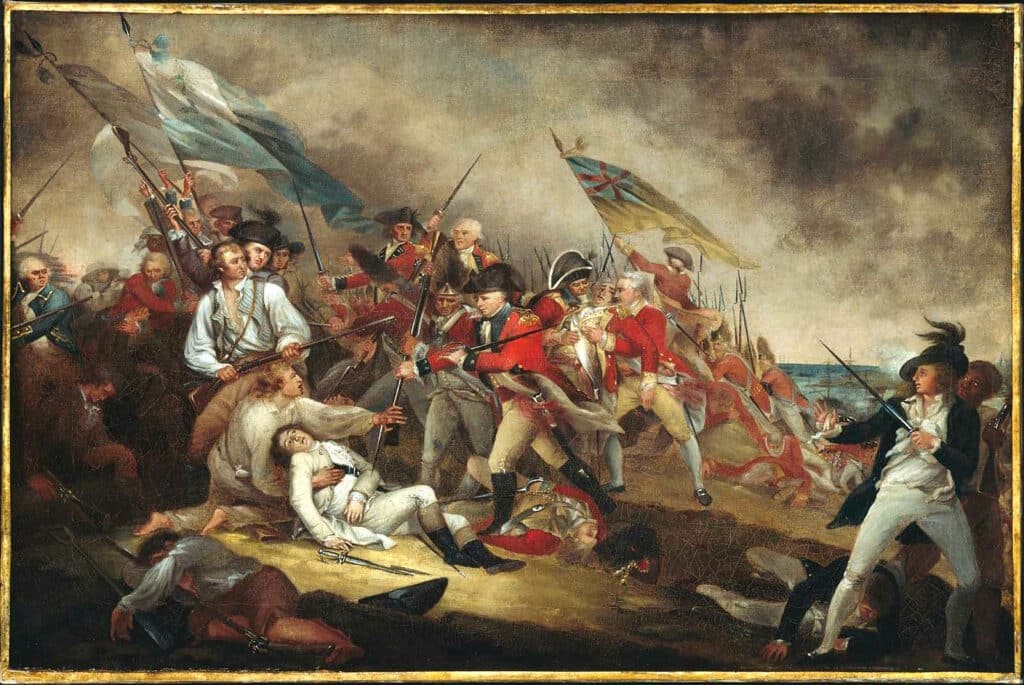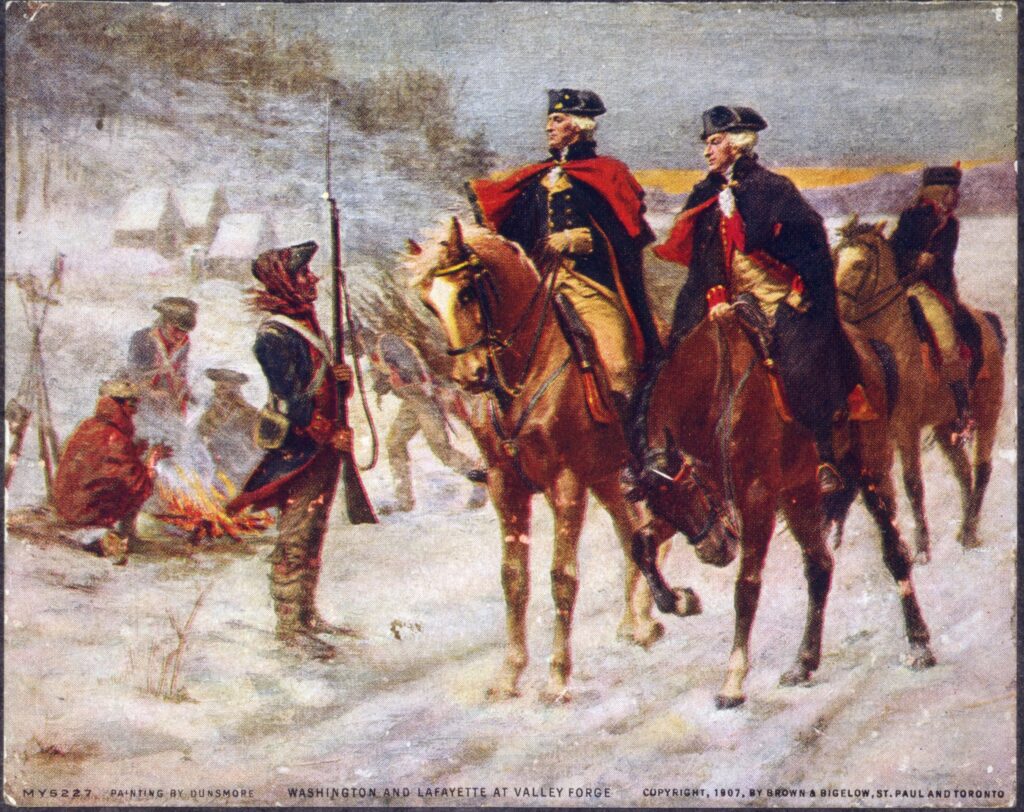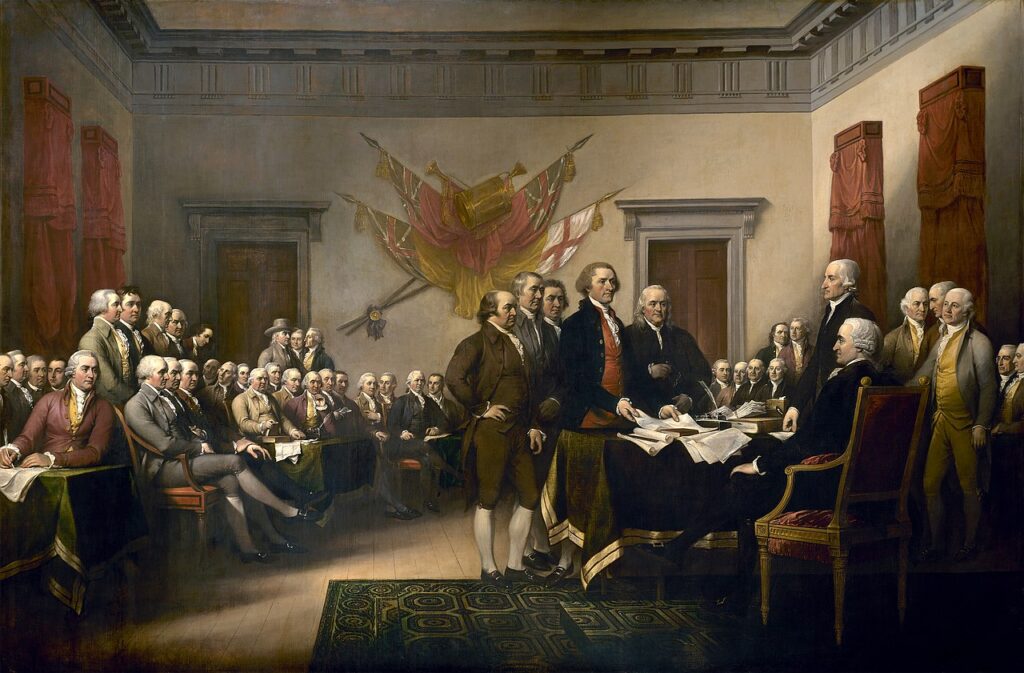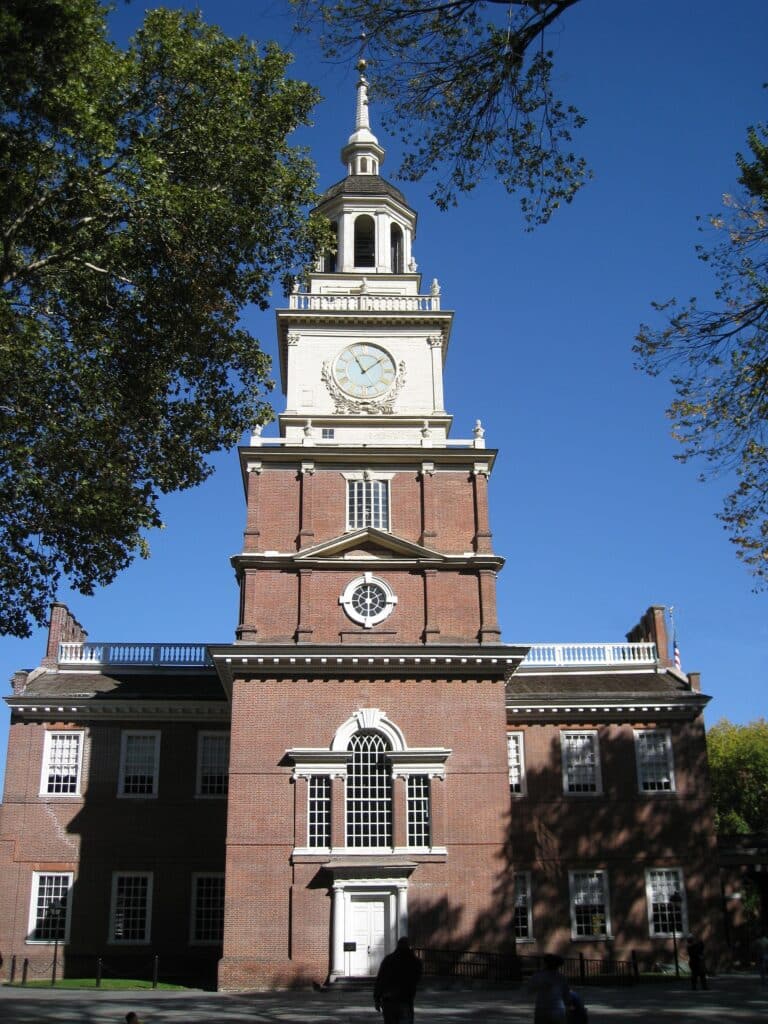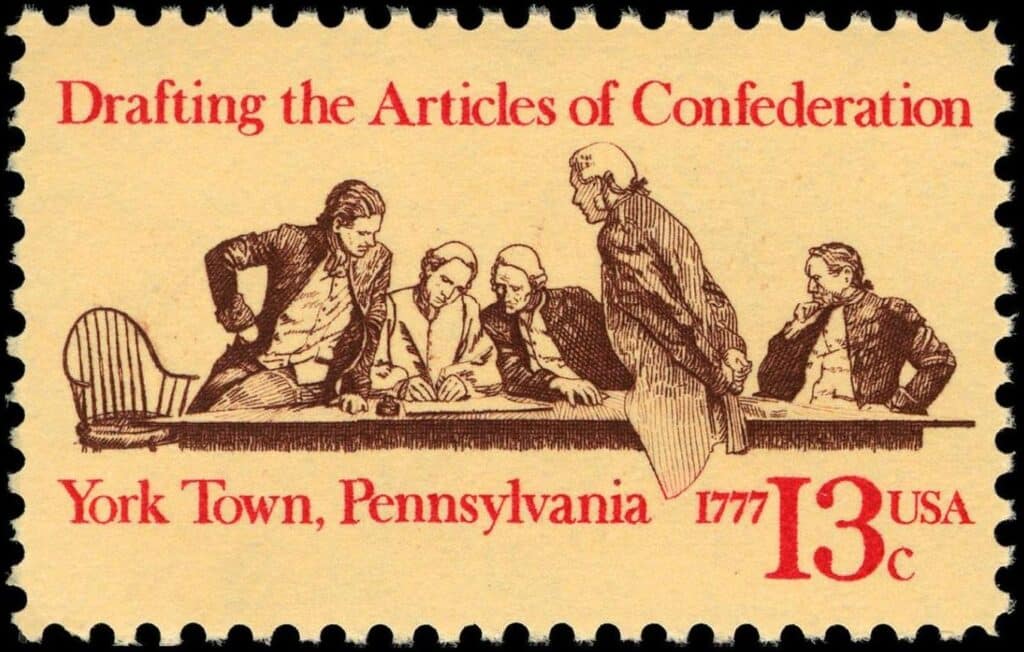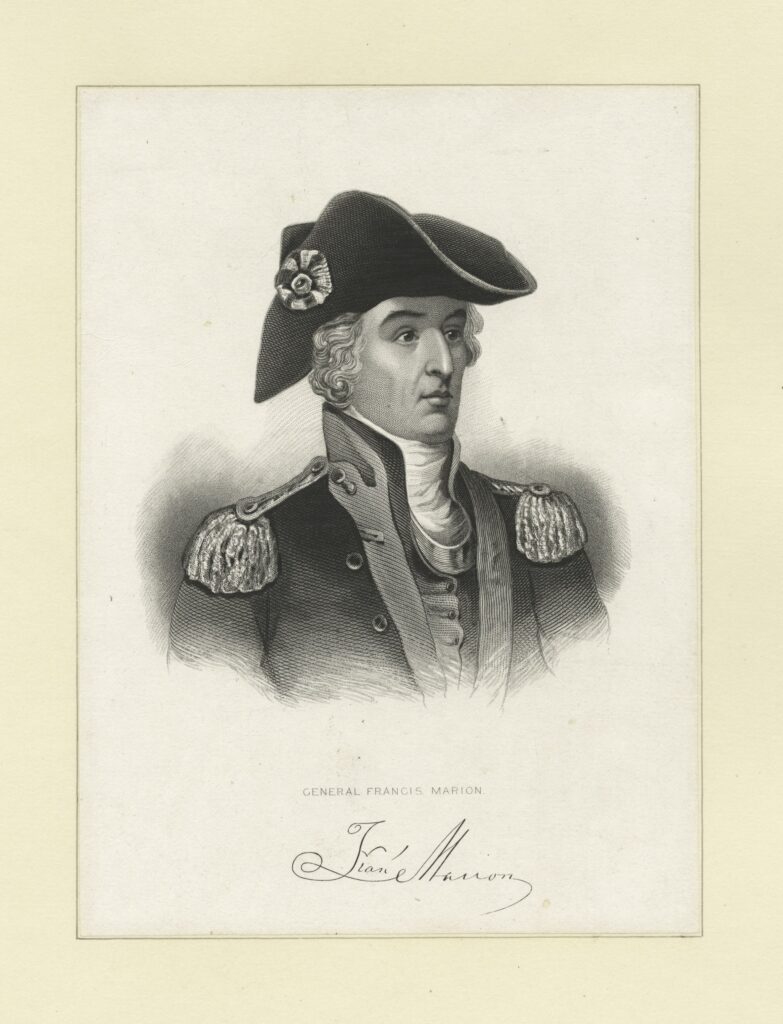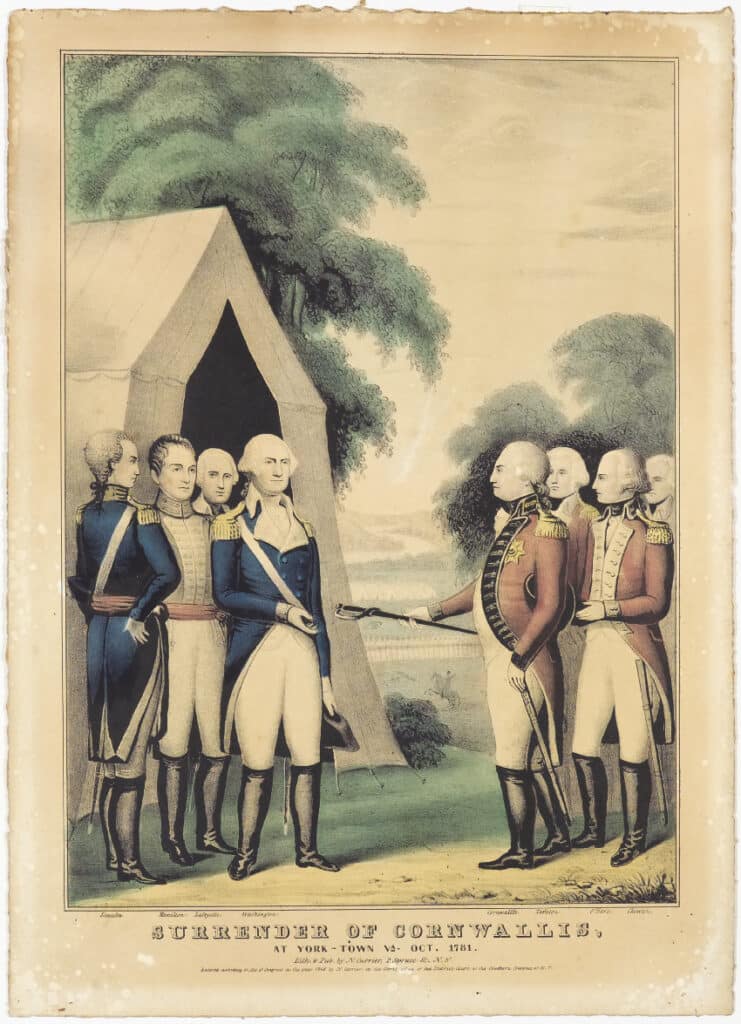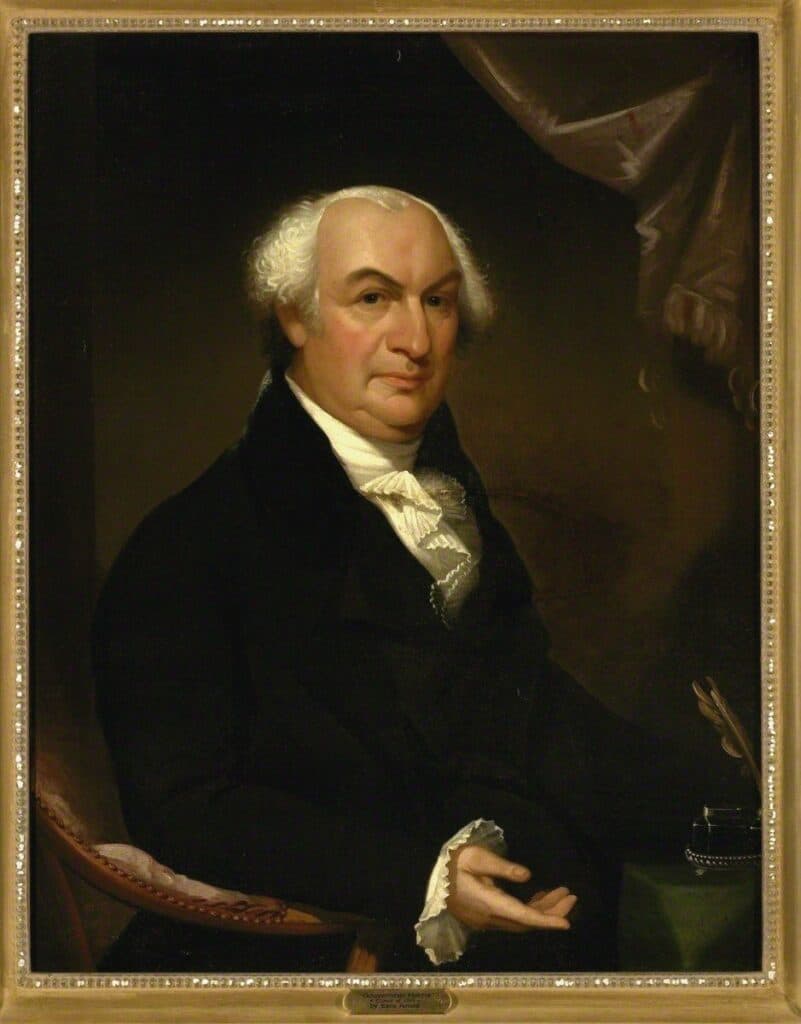April
The American Revolution
Week 1
1. British Colonies in North America
European colonization of North America set the foundation for the emergence of a new and unique culture in what would become the US…
2. Slavery in Colonial America
Although slavery existed prior to the European colonization of North America, the institution changed due to the realities of the New World…
3. The French and Indian War
Although the French and Indian War resulted in an eventual British victory, the conflict had profound effects on North America and Europe…
4. The Townshend Acts
The Townshend Acts ere designed to raise taxes on American colonists to help fund the administration of the British colonies in North America…
5. Samuel Adams
In 1768, Samuel Adams, a Founding Father of the US, co-authored a letter that disputed the legality of the Townshend Acts…
Week 2
6. The Boston Massacre
The Boston Massacre was the result of tension between the British and American colonists resulting from distrust and cultural incongruencies…
7. The Battle of Alamance
The Battle of Alamance took place in present-day North Carolina in 1771. The conflict was between “Regulators” and the North Carolina government militia…
8. The Sons of Liberty
The Sons of Liberty were a loosely organized, somewhat secret, and highly motivated group of Americans who sought independence from Britain…
9. The Intolerable Acts
Although the Gadsden Flag was originally created in the mid-1700s, it gained popularity in the 1775 as the American Revolution loomed…
10. Paul Revere
Paul Revere was a silversmith, an semi-professional dentist, a member of the Sons of Liberty, and an integral figure to the American Revolution…
Week 3
11. Patrick Henry
“Give me liberty, or give me death,” Patrick Henry once said. Henry was an instrumental leader during the American Revolution…
12. George Washington
Before George Washington was the first President of the United States, he served as a military officer…
13. Battle of Bunker Hill
The Battle of Bunker Hill took place in Charlestown, Massachusetts on June 17, 1775. The British ultimately won the battle but at a high price…
14. Valley Forge
Between September, 1777 and, June 1776, the Continental Army camped at Valley Forge, Pennsylvania and faced brutal living conditions…
15. Declaration of Independence
The Committee of Five was featured in John Trumbull’s painting, “The Declaration of Independence,” signed during the American Revolution…
Week 4
16. Second Continental Congress
Between 1775 and 1781, the Second Continental Congress met at Independence Hall in Philadelphia to discuss independence from Britain…
17. The Articles of Confederation
The Articles of Confederation was signed by the Second Continental Congress and attempted to provide a framework to govern the US…
18. Francis Marion
Francis Marion, a military leader from South Carolina, earned the nickname “The Swamp Fox” due, in part, to how he commanded skirmishes…
19. The Battle of Yorktown
The Battle of Yorktown was a decisive victory for the American Colonial Army and helped bring the American Revolution to an end in 1781…
20. Governeur Morris
Gouverneur Morris of New York was a Founding Father of the United State and, a signatory of several founding documents of the United States…
